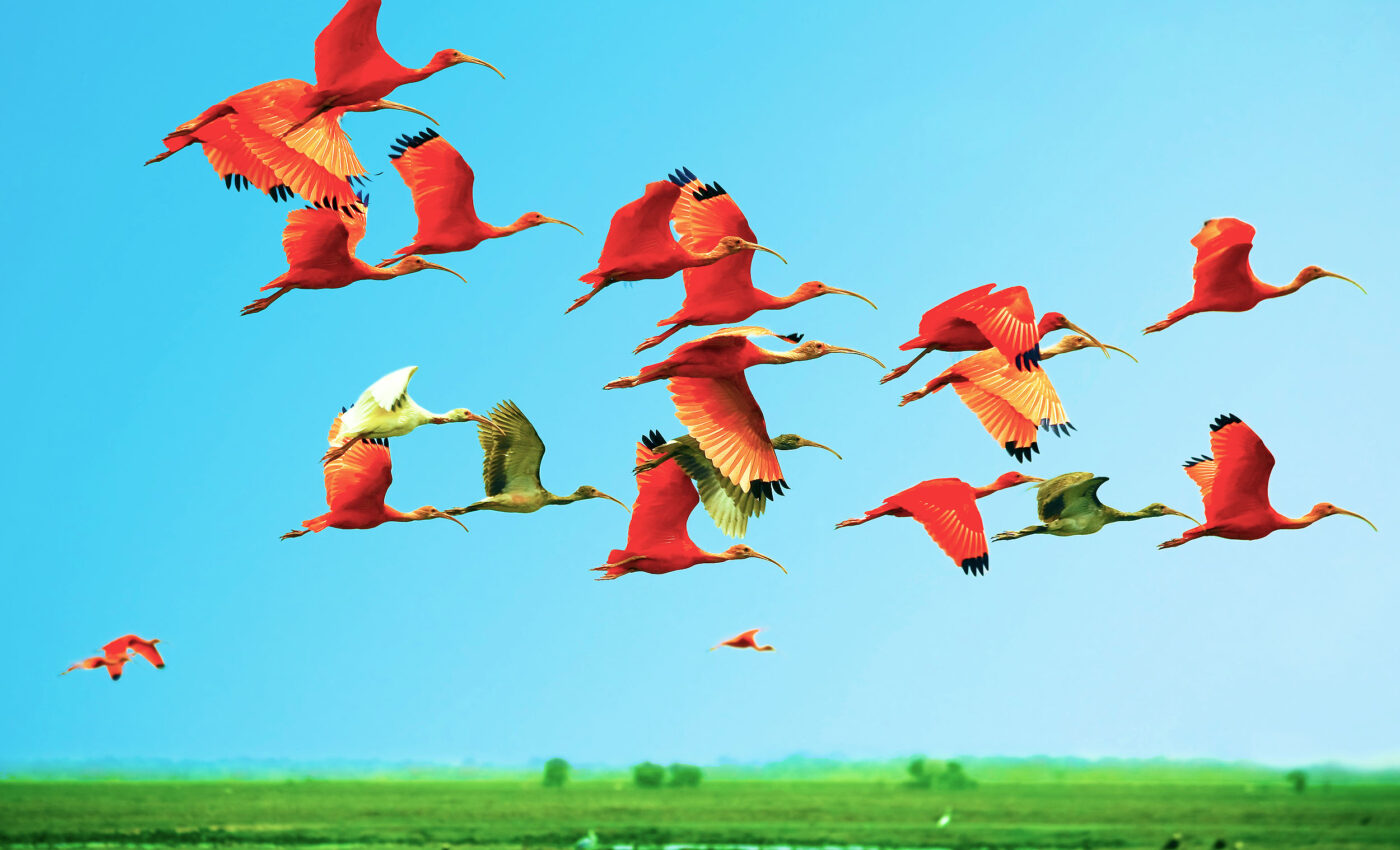
Migratory birds are struggling to adapt to climate change
Alarming new research has uncovered the profound effects of climate change on migratory birds. The study, led by Yali Si from the CML at Leiden University, focused on 16 migratory bird species in Asia.
The team discovered that climate-induced shifts in the timing of natural events significantly disrupt these species’ intricate migration networks.
Climate change and bird migration
Si articulates the core issue, saying, “Climate change alters the timing of natural events like the onset of spring, leading to mismatches between the availability of food and the birds’ arrival in various regions.”
This phenomenon is particularly critical for migratory birds, which rely on a precise alignment of their arrival with the availability of food resources.
Si emphasizes, “For migratory birds, food must be available at precisely the right time and place. If there’s a mismatch, the consequences can be dire.”
How the study was conducted
The study uniquely approached this problem by analyzing the migration network integrity of these birds.
Si explains, “These birds typically have a wintering area, several stopover areas for rest and feeding, and a breeding area. All these regions form an interconnected network, and our goal was to assess how climate change affects this migration network’s functionality.”
To achieve this, Si and her team compared the networks’ functioning over the past 21 years, a period marked by climate change, against a hypothetical 21-year period without climate change.
This comparison allowed them to isolate the specific impacts of climate change on each species’ migration network.
Migratory birds confront a new climate reality
Their findings are stark: all 16 species studied have been impacted by climate change, with birds wintering closer to the mid-temperate zone facing more significant challenges.
“These regions show more pronounced differences due to climate change, causing increased difficulties for birds that rely on these areas for wintering,” Si adds.
This research stands out from previous studies by considering the entire migration journey rather than isolated aspects.
Si points out, “Previous research often focused on single areas or specific phases like breeding. By examining each aspect in isolation, you end up with an incomplete picture, underestimating the overall effect on these birds.”
Implications and conservation efforts
The study’s innovative approach was made possible by the availability of long-term remote sensing data on climate change, enabling the analysis of trends and meaningful observations.
The methods and findings of Si and her colleagues hold significant promise for enhancing the assessment of migratory species’ vulnerability to climate change.
Si concludes, “By integrating our results into existing frameworks, we can tailor them specifically for migratory birds, leading to a deeper understanding of the consequences and identifying actions for biodiversity conservation.”
This important research provides a comprehensive view of the challenges faced by migratory birds in the face of climate change, while setting a new standard for future studies in the field.
By considering the entire migration network, Si’s work offers invaluable insights for the conservation of biodiversity and the protection of these vital species.
The full study is published in the journal Global Change Biology.
—–
Like what you read? Subscribe to our newsletter for engaging articles, exclusive content, and the latest updates.
—–
Check us out on EarthSnap, a free app brought to you by Eric Ralls and Earth.com.
—–













